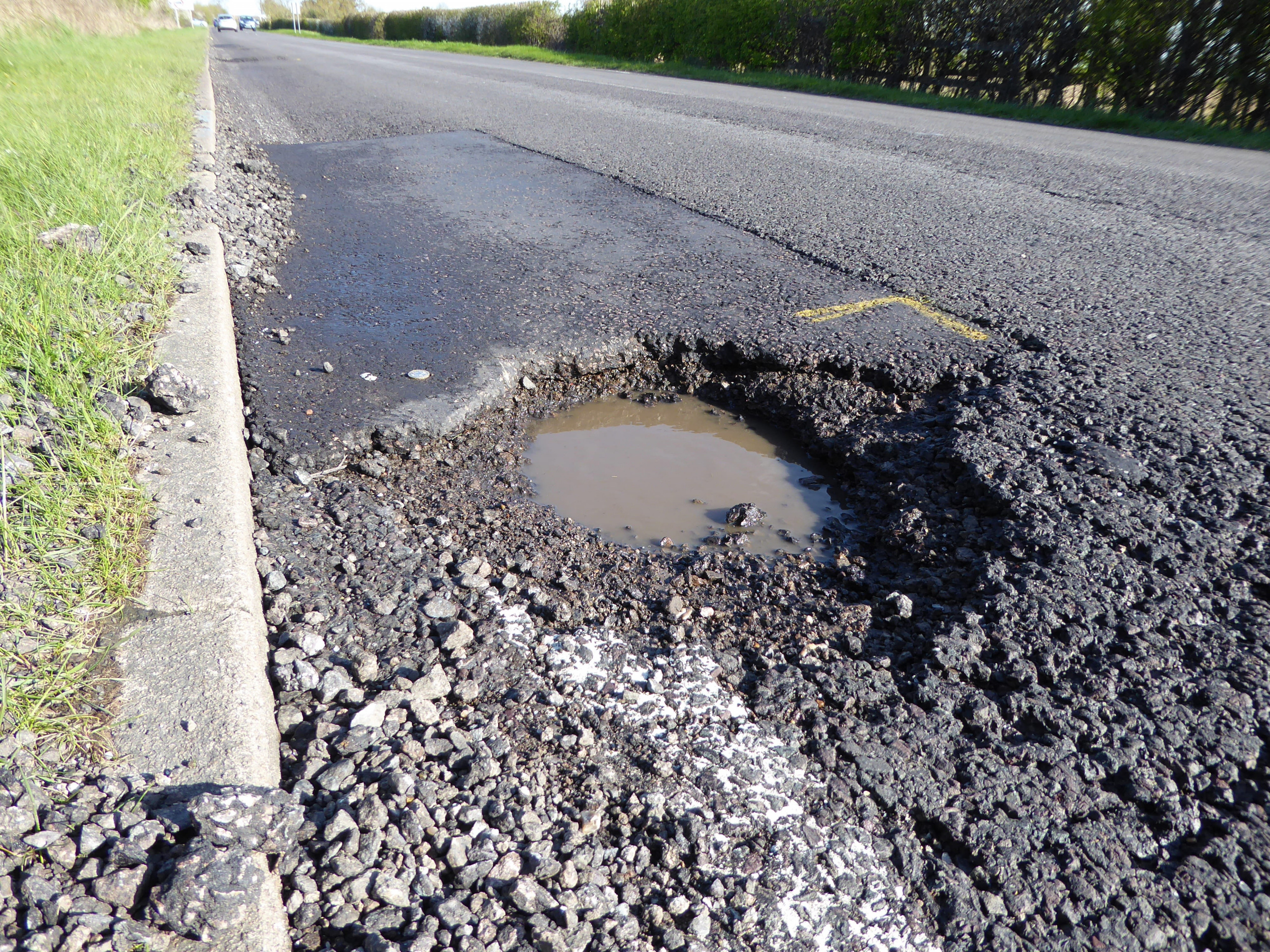From Blueberries to Fish Food: What Citizens Find Out About Government When They ‘Follow the Money’
Last week, we released the ninth edition of Following the Money, our annual report with U.S. PIRG Education Fund evaluating governments on their online financial transparency. This year, after a one-year vacation in the murky and mysterious land of special district governments, we returned our attention to the states and how well they disclose their spending on their transparency websites – but this time with a little bit of a twist.

Last week, we released the ninth edition of Following the Money, our annual report with U.S. PIRG Education Fund evaluating governments on their online financial transparency. This year, after a one-year vacation in the murky and mysterious land of special district governments, we returned our attention to the states and how well they disclose their spending on their transparency websites – but this time with a little bit of a twist.
Since 2010, the Following the Money report has tracked the incredible progress of states in providing convenient online access to information on how taxpayer dollars are spent. As transparency websites have become more useful, more people have used them: In 2017 alone, upwards of 1.5 million users viewed at least 8.7 million pages on state transparency websites.
And so, this year seemed like a good time to evaluate these websites from a different perspective – that of the citizen user.
We developed a “real-world test” consisting of six simple expenditures representative of the kinds of spending citizens might actually want to know about, or that state officials or watchdog groups might examine for opportunities to make government more efficient. The real world test accounted for 18 points of each state’s total 100.
The Six “Real World” Expenditures
| Governor’s Office spending on travel |
| Department of Corrections spending on electricity |
| State Tourism Board spending on advertising |
| Public Pensions Office spending on postage |
| Department of Agriculture spending on motor fuel |
| Attorney General’s Office spending on contracted legal services |
We then set up focus groups with a total of 27 volunteers and asked them to help us find the information on state transparency sites. We set some basic parameters in order to measure the sites’ usability, including a five-minute time limit for finding each search item. When possible, we assigned folks to grade their home state or another place where they had ties.
We also asked our volunteers to share their comments about what it was like to use the state sites. Some were on the snarky side (“This is an incredibly weird interface in a post-1980s world”) and more than a few included frustration-induced cursing. Others were pleased with site features (“I love the data-visualization of this website”) and some were playful evidence, I dare say, that folks were enjoying themselves (“Can we find it? Yes we Kan!”)
I’ll admit I find things like government structure and spending trends far more interesting than the average bear. I’ll also admit the thing that excited me most about the focus groups – besides revealing all sorts of new lessons about how states can improve their transparency websites – was getting to watch others engage with these sites, many of them for the first time.

One of our focus groups in Denver, CO starts evaluating their first transparency website.
Digging around in state checkbooks, our focus groups discovered Maine’s Wild Blueberry Commission and Florida’s Department of Citrus. They questioned the meaning of Colorado’s Department of Law having a line item simply labeled “marijuana.” They were flabbergasted to discover Pennsylvania spent $1.3 million on fish food last year, New Hampshire spent over half a million on autopsies, and that the district attorney of Massachusetts’ Cape and Islands keeps spending money with a company called Patriot Party Boats Inc. They shared the weird, surprising and delightful things they found with one another, and what’s more, they celebrated together when a state did well. Other quotes from our focus groups included “Virginia is my new favorite state,” “Idaho is rocking this,” and, my personal favorite, “Maybe I should move to Arkansas.”
Results of Real World Test
| Expenditure Item | # States with Expenditure |
| Governor’s Office on travel | 31 |
| Department of Corrections on electricity | 24 |
| State Tourism Board on advertising | 17 |
| Public Pensions Office on postage | 27 |
| Department of Agriculture on motor fuel | 16 |
| Attorney General’s Office on contracted legal services | 18 |
We found that many states have some ways to go in posting comprehensive spending information online that is intuitive for users. Of a possible 18 points, the average score on the real world test was 8.9 points. For these transparency websites to be truly useful for people, states have some work to do.
But in another way, we also showed the effort is absolutely worth it. Transparent government has any number of benefits – revealing opportunities for government to become more efficient, allowing watchdogs the oversight it takes to identify abuse, and increasing general public confidence that their tax dollars are well spent. But when government is truly open, it can also provide new ways for citizens to engage, give them tools to ask better questions and to find better answers, and equip them to become actively interested in the ins and outs of how their state operates – maybe for the first time.
And for this policy wonk, that’s the best part. As it turns out, you don’t need to spend most of your time researching government transparency to find your government interesting. When citizens have the right tools, they’ll find what’s interesting, strange and surprising all on their own. When government is open and accessible, it can remind us all of the joy of discovery, and the satisfaction of understanding the place we live just a little better than we did before.
To see how your state did on the real world test and the rest of our 2018 evaluation, check out this year’s Following the Money here.
Following the Money 2018 State Grades
| State | Grade | Score |
| Alabama | D | 56 |
| Alaska | F | 46 |
| Arizona | A- | 93 |
| Arkansas | B- | 82 |
| California | F | 47 |
| Colorado | C+ | 78 |
| Connecticut | A- | 93 |
| Delaware | B- | 80 |
| Florida | C+ | 76 |
| Georgia | D | 57 |
| Hawaii | F | 48 |
| Idaho | D | 58 |
| Illinois | B | 84 |
| Indiana | B | 83 |
| Iowa | A- | 91 |
| Kansas | C | 73 |
| Kentucky | B | 85 |
| Louisiana | A- | 90 |
| Maine | D+ | 62 |
| Maryland | D+ | 63 |
| Massachusetts | B- | 80 |
| Michigan | C+ | 78 |
| Minnesota | A | 94 |
| Mississippi | D+ | 63 |
| Missouri | D+ | 62 |
| Montana | C- | 69 |
| Nebraska | B- | 80 |
| Nevada | B | 85 |
| New Hampshire | C | 73 |
| New Jersey | C- | 67 |
| New Mexico | C+ | 75 |
| New York | C+ | 78 |
| North Carolina | C+ | 76 |
| North Dakota | C- | 68 |
| Ohio | A+ | 98 |
| Oklahoma | D+ | 60 |
| Oregon | B- | 81 |
| Pennsylvania | C | 73 |
| Rhode Island | D | 55 |
| South Carolina | B+ | 87 |
| South Dakota | C | 72 |
| Tennessee | D- | 54 |
| Texas | B- | 82 |
| Utah | C+ | 78 |
| Vermont | C- | 67 |
| Virginia | C | 74 |
| Washington | C | 71 |
| West Virginia | A+ | 98 |
| Wisconsin | A | 94 |
| Wyoming | F | 35 |
Topics
Authors
Find Out More

Shifting Gears

Fix it First

Moving Forward Together

